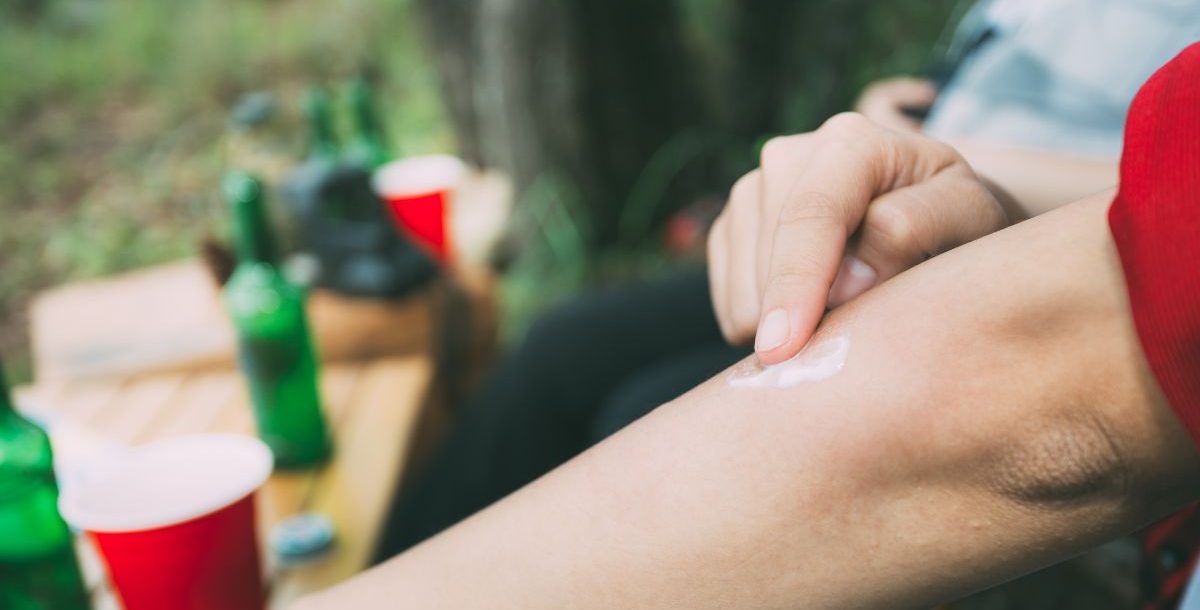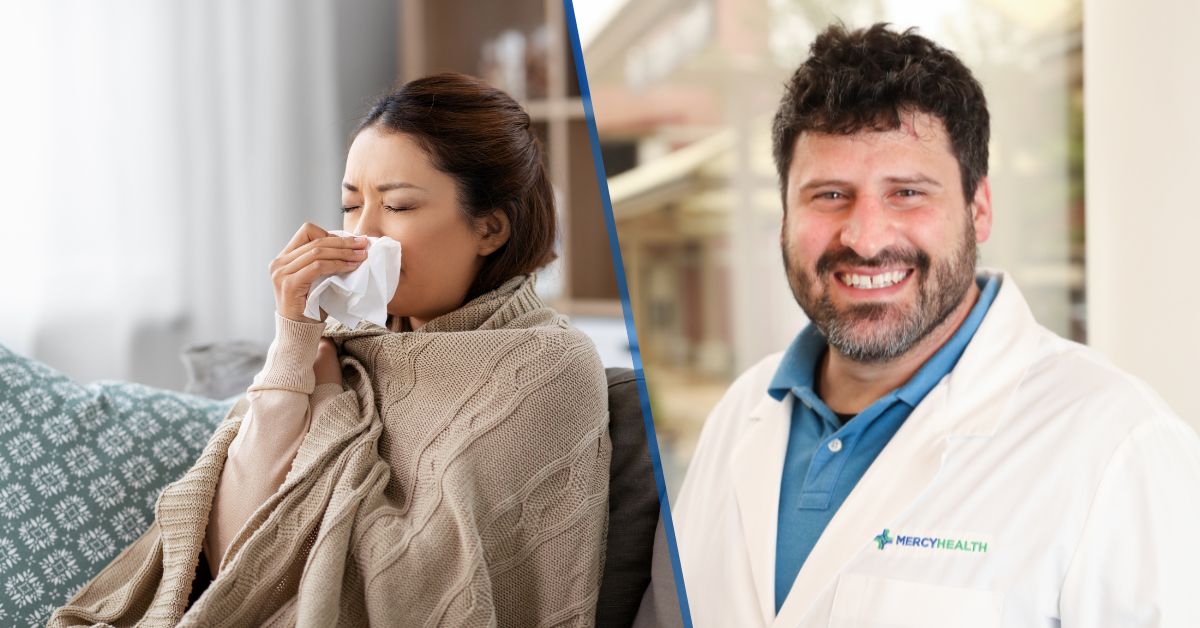Insect stings are a part of life, especially during warmer months when people spend more time outside. Whether you’re gardening, hiking or enjoying a picnic, you might find yourself face-to-face with a bee, wasp or another stinging insect. While most can be cared for at home, sometimes insect sting treatment can involve seeing a medical professional.
Most of the time, stings are annoying but not dangerous. However, it’s important to know when you need medical help and where. Know where your nearest urgent care or emergency department is for when you need to get there quickly.
Common insects that sting
The most common stinging insects are bees, wasps, hornets and yellow jackets. These bugs sting to protect themselves or their nests. In most cases, the sting causes temporary pain, swelling or redness. Most of the time, this can be treated at home or possibly warrant a trip to urgent care or a walk-in clinic. But for some people, insect stings can lead to more serious reactions.
Insect sting treatment tips
If you or someone else is stung, start by staying calm. Most stings are not life-threatening and quick action can help reduce pain and swelling.
Here are the steps for basic insect sting treatment:
Remove the stinger, if necessary
If the insect was a bee, it might leave its stinger behind in your skin. If you can see it, gently scrape it out using the edge of a credit card or your fingernail. Don’t squeeze it with tweezers or your fingers, as this can push more venom into the skin.
Wash the area with soap and water
Cleaning the sting site is very important. Use soap and water to wash the area. This helps remove any dirt or bacteria and can reduce the risk of infection. Remember to wash the area gently and pat it dry afterward.
Apply a cold pack or ice
To reduce swelling and pain, apply a cold pack or some ice cubes wrapped in a cloth to the affected area. Keep it on for about 10 to 15 minutes at a time. This works well on an arm or leg, where swelling can be more noticeable.
Elevate the area
If the sting is on an arm or leg, try to keep it raised. Elevating the limb can help reduce swelling and discomfort.
Watch for symptoms
Keep an eye on the person bitten or stung by an insect. Most people will only have mild reactions, but some may develop a more serious response, especially if they’ve been stung before.
When to use over-the-counter help
After cleaning and cooling the area, you can also try a few other things to ease discomfort:
- Apply over-the-counter creams or gels, such as calamine lotion, to reduce itching and redness.
- Take an antihistamine to help with swelling or allergic reactions.
- Use pain relievers like ibuprofen or acetaminophen for soreness.
Some people also use natural remedies, such as baking soda paste or meat tenderizer mixed with water, to soothe the skin. However, doctors have not proven these and should be used with care.
When to see a doctor
In many cases, insect stings can be handled at home or in an urgent care or walk-in clinic. But sometimes, a sting can turn into something more serious. Seek immediate medical treatment if you or someone else shows signs of a serious allergic reaction or infection.
Signs of a severe allergic reaction (anaphylaxis):
- Trouble breathing or wheezing
- Swelling of the face, lips, or throat
- Dizziness or fainting
- Rapid heartbeat
- Nausea or vomiting
- Hives or a widespread rash
If any of these symptoms appear, call 911 immediately. Anaphylaxis is a medical emergency that needs fast treatment. People with known allergies to insect stings should carry an epinephrine auto-injector (like an EpiPen) and use it at the first sign of a reaction.
Other reasons to see a doctor:
- The sting area becomes increasingly red, warm or painful after a few days (this may be an infection).
- You see signs of pus or spreading redness.
- You were stung near the eyes, inside the mouth or on the throat.
- You were stung multiple times or by multiple insects at once.
- You are not sure whether the sting came from a bee, wasp or another insect and feel unwell afterward.
How to prevent getting stung
Here are a few easy ways to avoid insect stings when spending time outside:
- Use insect repellent on exposed skin and clothing.
- Wear long sleeves and pants when hiking or working in tall grass.
- Avoid strong perfumes or scented lotions that attract insects.
- Don’t walk barefoot on the grass.
- Stay calm and move away slowly if a bee or wasp flies near you.
- Keep food and drinks covered when eating outside.
- Don’t swat at bees, wasps or yellow jackets – they’re more likely to sting when they feel threatened.
If you’ve had a serious allergic reaction to insect stings in the past, talk to your primary care provider about getting tested for allergies. You may also be referred to an allergy specialist for further care.
How we can help
Insect sting treatment can vary depending on the symptoms you experience. If you notice additional redness or swelling, signs of an infection or at-home remedies didn’t work, go to your nearest urgent care or walk-in clinic. A provider can examine the sting, treat an infection and give you advice on how to protect yourself in the future.
If you’ve been stung and notice unusual symptoms like trouble breathing, swelling in your face or throat or signs of infection, don’t wait to get help. Call 911 or go to the nearest emergency department. Your doctor may also discuss long-term care options or allergy testing to keep you safe.
Learn about the urgent care and emergency care services we offer at Mercy Health.






